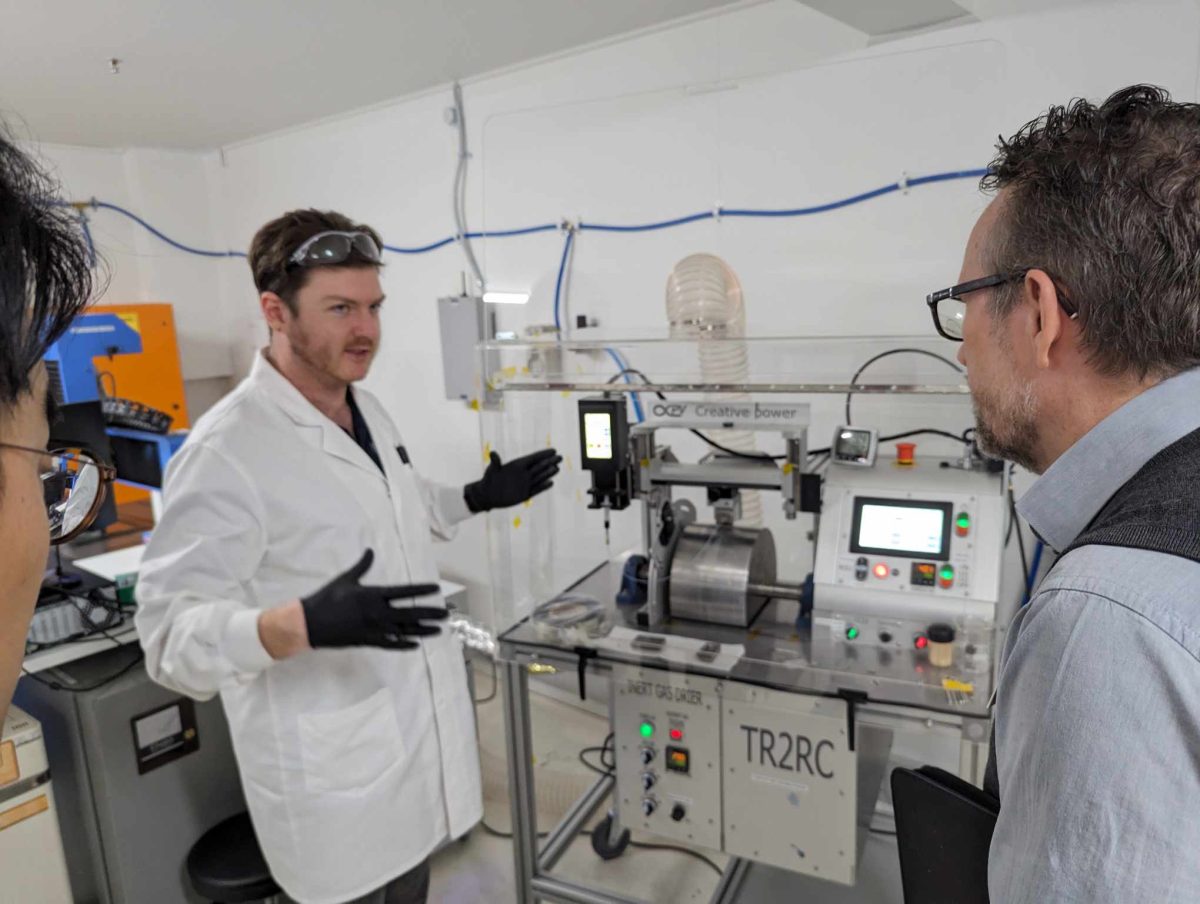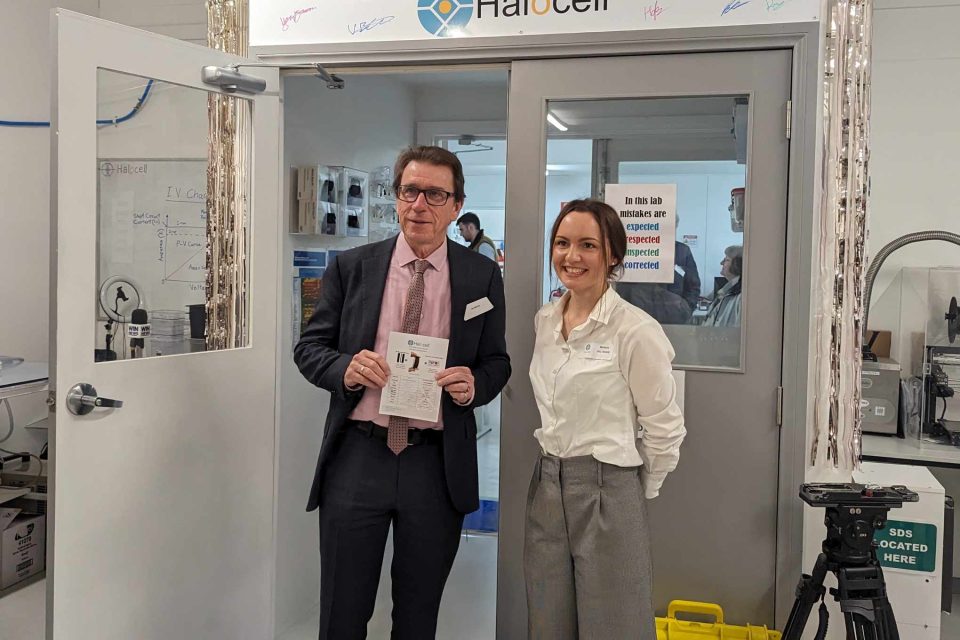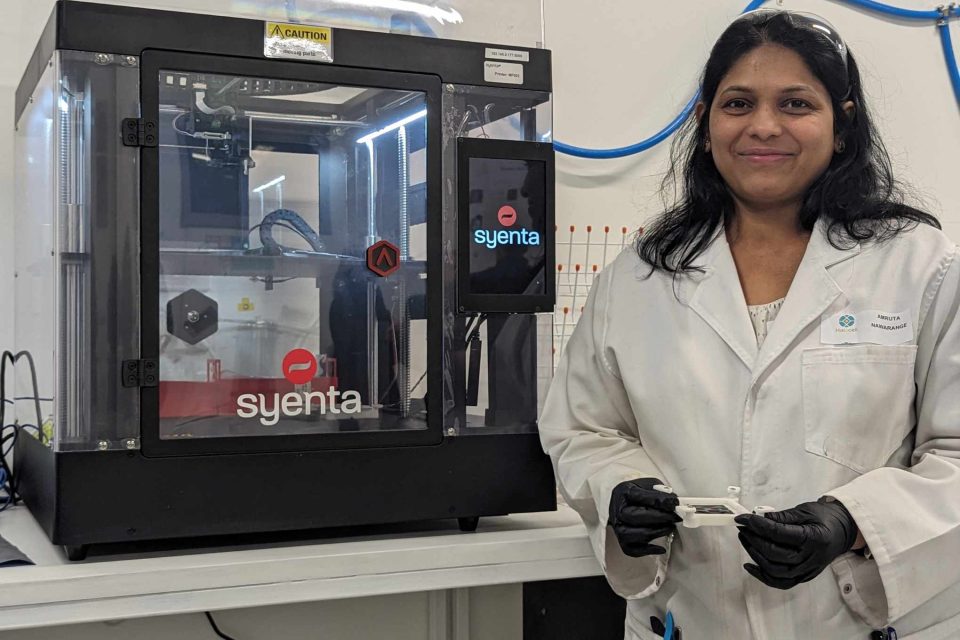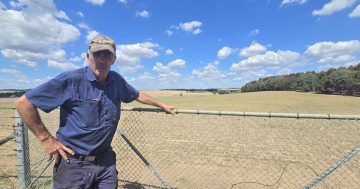
Halocell held an open day last Friday (4 August) to demonstrate the work it has been doing in the solar cell space. Photo: Jarryd Rowley.
Wagga research company Halocell has been awarded a $2 million grant from the Federal Government to upscale the manufacturing of an ultra-low-cost and flexible perovskite solar cell with plans to use the cell on Australian satellites.
Research grants such as the one the Bomen-based company received are rarely given to small businesses in the Riverina but Halocell researcher Marion Geltinger believes the new cells can be used in space by the end of the decade.
“Perovskite solar cells are a new-generation technology,” she said.
“The beauty of the new cells is that we can tune the chemistry of them to better fit into different specifications to work with different light conditions.”
Solar cells are scarcely used in markets today, often because they are inefficient and expensive.
Halocell, however, has created a new, flexible cell that has replaced the high-cost conductor materials with cost-effective, carbon-based materials.
The change in materials makes the cells cheaper, more efficient and more durable while also being able to conduct more energy from places with lower light.
Halocell aims to commercialise the product within the next year, starting with use in household items such as television remote-control units.


“The first area we are focusing on is indoor light,” Ms Geltinger said.
“Imagine being inside with your TV remote just sitting around somewhere inside. With the cells, the remote can charge itself just by absorbing the light inside the house.”
Ms Geltinger explained that the second area that Halocell was focusing on was products used outdoors, mainly drones.
“We have already done experiments with drones. We could prove that when adding our solar cells to the drones, we can reduce charge times and increase flight time from two hours to about six hours.”
The final area Halocell is looking to tackle is space.
Ms Geltinger said she and her team were excited about receiving the $2m federal Cooperative Research Centres Projects (CRC-P) grant and hoped to work with satellite companies by 2027.
“The grant was purely focused on space application,” she said.
“The idea is to put our solar cells on the wings of satellites and launch them into space as a cost-effective, efficient and practical alternative to what the Australian space program is using now.”
Halocell also works closely with Charles Sturt University, borrowing its equipment and hiring recent graduates.









